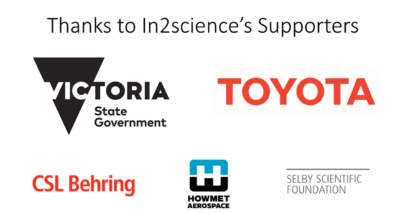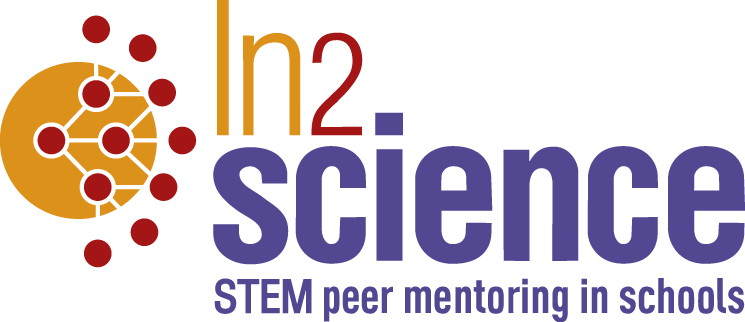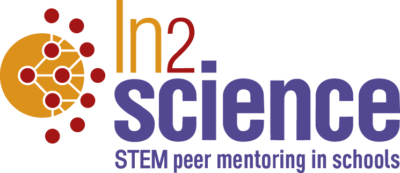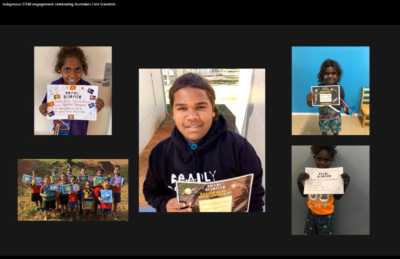
Aboriginal and Torres Strait Islander Peoples are Australia’s and the world’s first scientists. For over 60 000 years, Australia’s First Nations Peoples have cared for and managed vast and diverse landscapes through their intimate understanding of the stars, land, sea and climate. Despite this rich scientific heritage, however, the achievement gap between Indigenous and non-Indigenous students is approximately two-and-a-half years for science and maths (Programme for International Student Assessment, 2018). Recognising the need to address this disparity as a priority, In2science hosted an online forum, “Indigenous STEM engagement – Celebrating Australia’s First Scientists”. This event brought together an inspirational and dynamic panel of Aboriginal and Torres Strait Islander STEM experts to discuss how to engage young First Nations People in STEM and build pride in Indigenous scientific knowledge, both inside and outside of Indigenous communities.
Corey Tutt, a proud Kamilaroi man, 2020 NSW Young Australian of the Year, and the Founder and CEO of Deadly Science, a charity that provides STEM resources to remote school across Australia, started the evening with a stirring keynote presentation about his story and how Deadly Science is helping to build STEM aspirations for young First Nations kids.
Multi-award-winning STEM journalist and broadcaster, Rae Johnston described her own experiences with STEM and then facilitated this important panel discussion. Associate Professor Misty Jenkins, who heads an immunotherapy lab in cancer research at WEHI and was the first Indigenous Australian to attend Oxford and Cambridge universities as a postdoctoral research fellow, discussed the topic in relation to her important work in developing treatments for brain cancer, and how her ancestry have influenced her approach to science.

Yemurraki Egan, a proud Yorta Yorta, Wemba Wemba and Gunditjmara man, who works at The University of Melbourne and currently studies engineering at Swinburne University of Technology provided practical advice about how universities can improve the experience of First Nations students to encourage and retain them over the course of their degrees.
Mibu Fischer has been employed by CSIRO for 10 years and in that time has found her niche in marine ethnoecology, with a focus on strengthening partnerships between First Nations communities and current fisheries, for improved coastal and conservation management. Mibu is a proud Quandamooka woman, who took the opportunity to speak about her STEM pathway and how Traditional Knowledge can be incorporated with Western science.
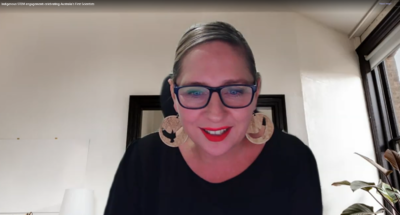 Over the course of the evening, audience members asked thought provoking questions pertaining to how to communicate Traditional Scientific Knowledge to non-Indigenous Australians, how universities can better support Indigenous students and how the education system can be more inclusive of young First Nations children.
Over the course of the evening, audience members asked thought provoking questions pertaining to how to communicate Traditional Scientific Knowledge to non-Indigenous Australians, how universities can better support Indigenous students and how the education system can be more inclusive of young First Nations children.
Overall, the event highlighted the diverse and incredible connections First Australians have had, and continue to have, with science and maths over millennia, despite their under-representation in STEM subjects at school and in the workforce. More importantly, this discussion taught us much about the barriers that many young Aboriginal and Torres Strait Islanders face that can prevent them from pursuing a career in STEM, while also outlining ways that schools, universities, and the public can incorporate more inclusive practices to support young Indigenous students.
In2science gratefully acknowledges GHD for sponsoring this event. In2science would also like to express our sincere thanks to Mr Corey Tutt, A/Prof Misty Jenkins, Ms Mibu Fischer, Mr Yemurraki Egan and Ms Rae Johnston for sharing their stories and thoughts with us. We look forward to continuing the discussion about how scientists from all disciplines can work in partnership with Indigenous Australian scientists to help secure Australia’s future in an ever-changing climate and environment.
If you missed the event, a recording is available and can be viewed here.
